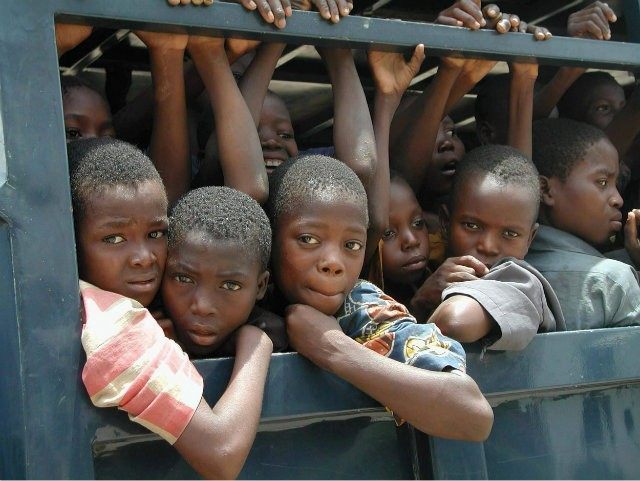A new article appearing Friday in Digital Journal and Business Insider states that of the estimated 30 million persons held in slavery today, seventy percent are female and fifty percent are children.
Writer Kyle Ashmead notes that in absolute figures, “there are as many as 15 million children held in situations of forced labor and prostitution” around the globe, with a significant percentage of these in India.
Though slavery has been illegal in every country of the world since 1981, when Mauritania became the last nation to officially abolish the practice, human trafficking continues to flourish, in part because many countries have lax laws concerning human trafficking, Ashmead writes, and human slavery continues to be big business.
“Billions of dollars are made each year from forced prostitution alone,” he writes.
Ashmead lays part of the blame on the international porn industry, which engages in human trafficking to feed the ever growing demand for pornography, and in particular the obsession with “virgin sex,” which demands younger and younger girls.
The Islamic State has made the news over and over for the use of rape and sexual violence as a war weapon, as well as for the abduction of non-Muslim women, such as Christians and Yazidis, to be held or sold as sex slaves.
Ashmead cites estimates of as many as 25,000 women and young girls held as sex slaves by ISIS “for their fighters to rape.” In December, an ISIS fatwa, or religious ruling, came to light, which stipulates in lurid detail the sexual conduct of Islamic State slave owners toward their infidel female captives.
The ruling, issued in early 2015, suggested that the keeping of sex slaves is in keeping with the will of Allah, and comes as a natural result of jihad in his name.
In large part because of its illegality, in part because of shifting definitions of the term, reliable data on human slavery are very hard to come by, and estimates on the numbers of those held in some sort of bondage vary widely.
A non-profit antislavery group called Anka Rising cites estimates ranging between 21-32 million slaves worldwide, of which almost 21 million people are forced laborers. Trafficking in slaves generates profits of $32 billion, the group says.
The group draws its figures on forced labor from the most recent report of the International Labor Organization, which places the number of victims of forced labor at 20.9 million persons.
According to a 2007 report from the U.S. State Department, globally, between 600,000 to 800,000 people are trafficked across international borders each year, and of these, more than 70% are female and half are children.
Another antislavery organization, called Walk Free, estimates the number of victims of modern slavery to be higher still, at 35.8 million persons, citing figures from a 2014 Gallup Poll. Of these, the group claims, nearly one in three is a child while “over half” are women and girls.
Gallup says that the country with by the far the largest number of human slaves is India, at some 14.3 million, followed by China with 3.2 million and Pakistan at 2.1 million.
In late 2015, the Washington Post published an article advising caution in the use of statistics regarding modern slavery, noting wide variances in estimates as well as a lack of continuity in methodology and even in definitions of the terms.
What seems undeniable, however, regardless of the exact figures in play, is that human slavery constitutes a problem of monumental proportions in a world that would seem to have outlawed it once and for all.
Follow Thomas D. Williams on Twitter @tdwilliamsrome

COMMENTS
Please let us know if you're having issues with commenting.